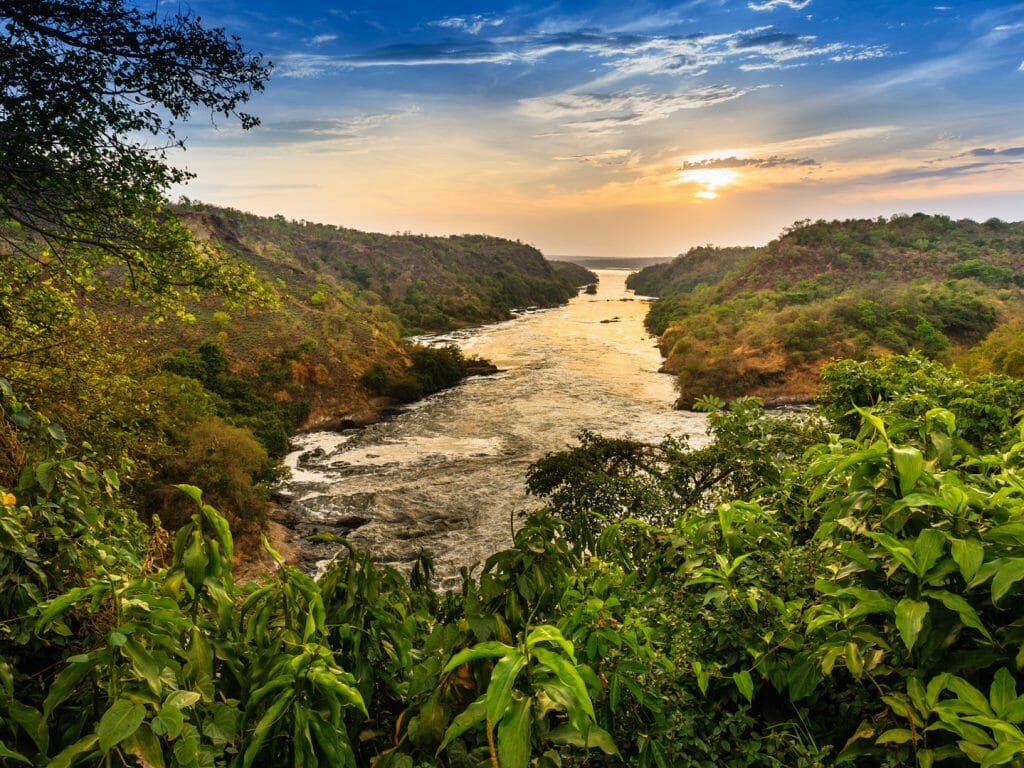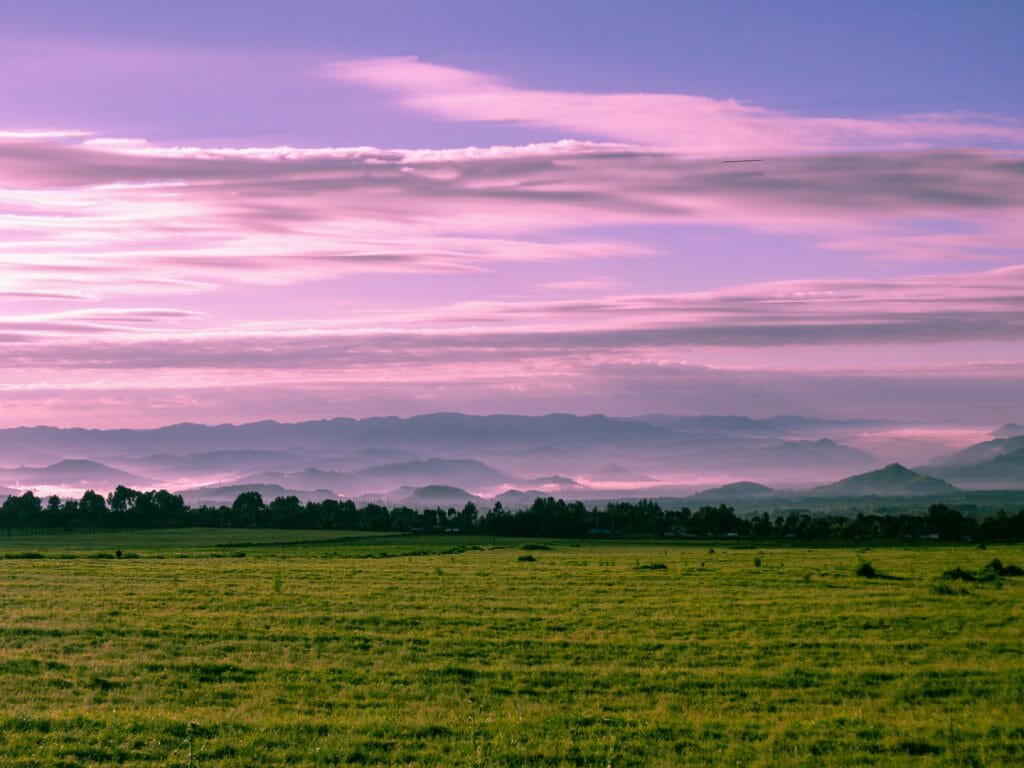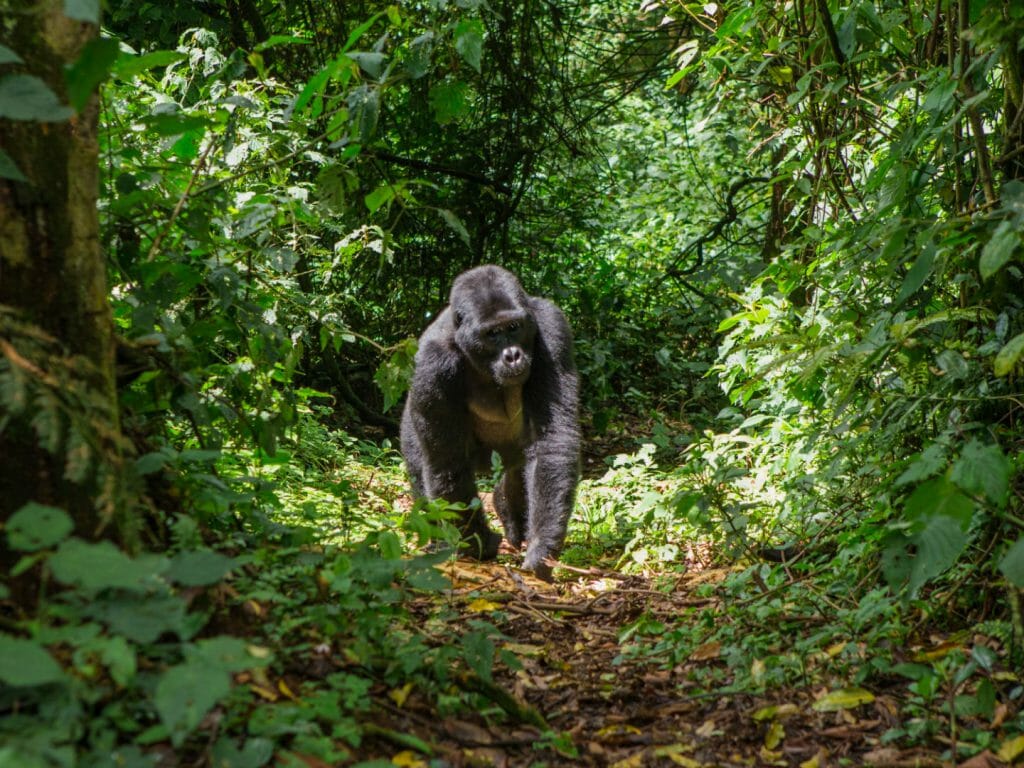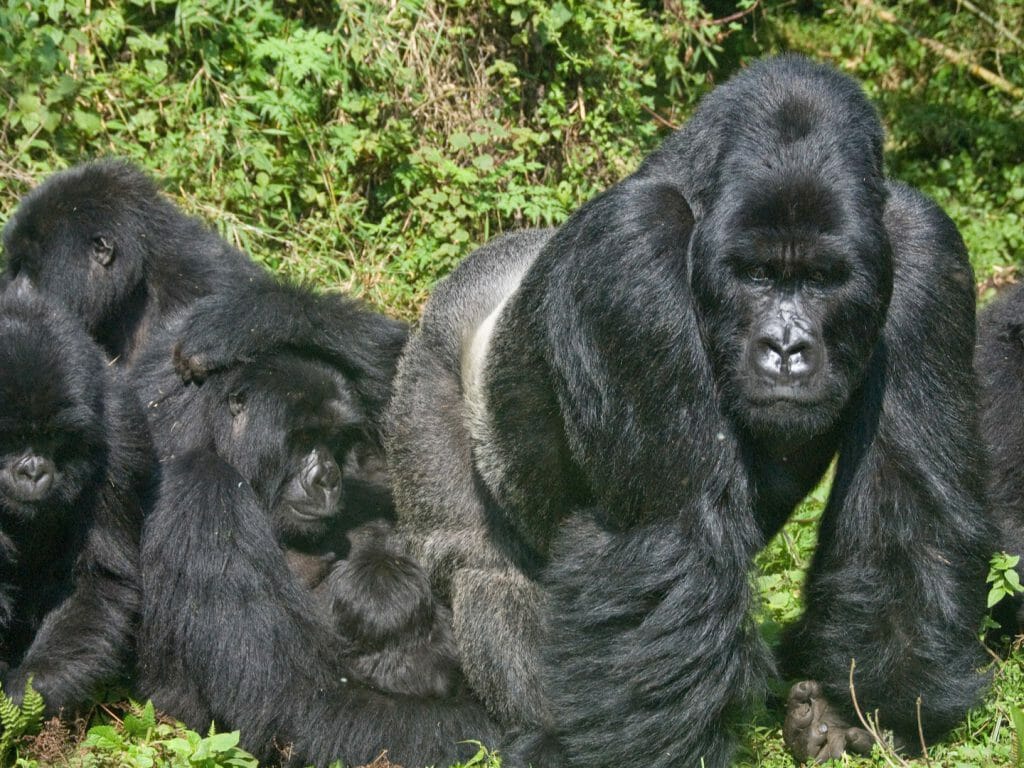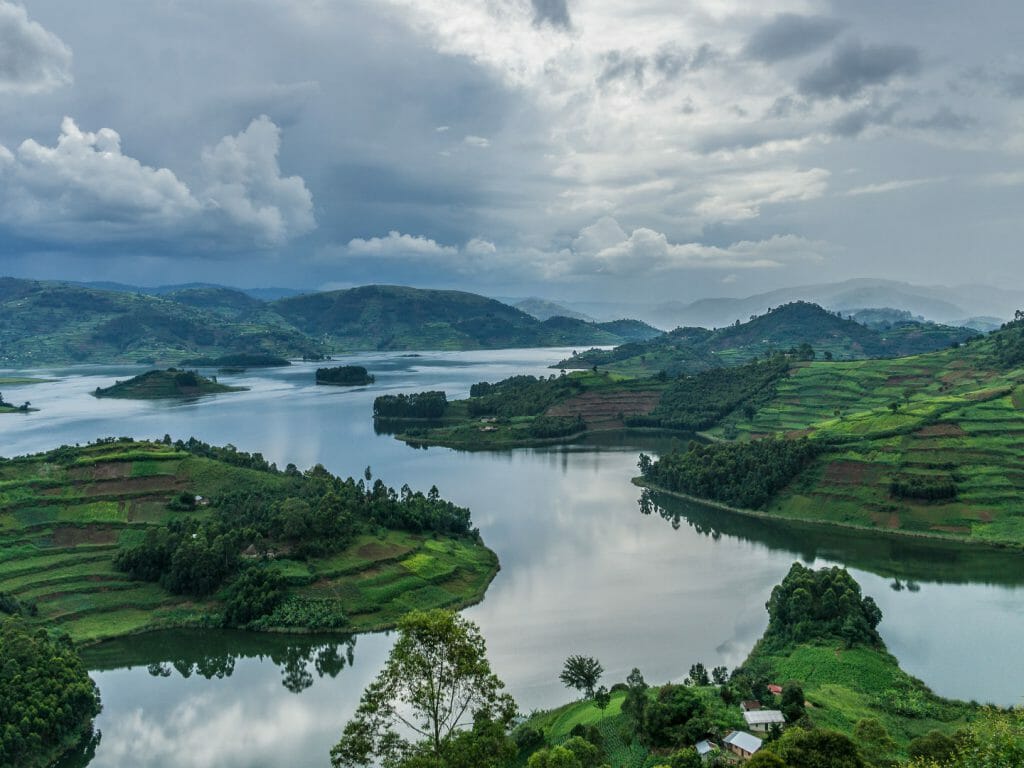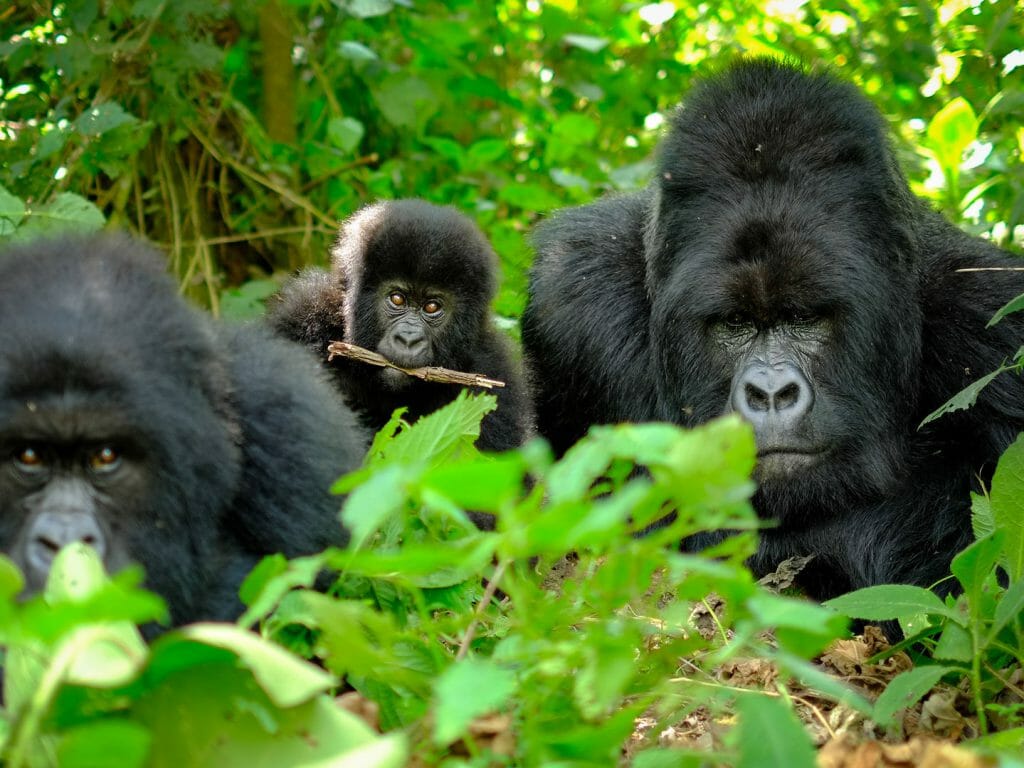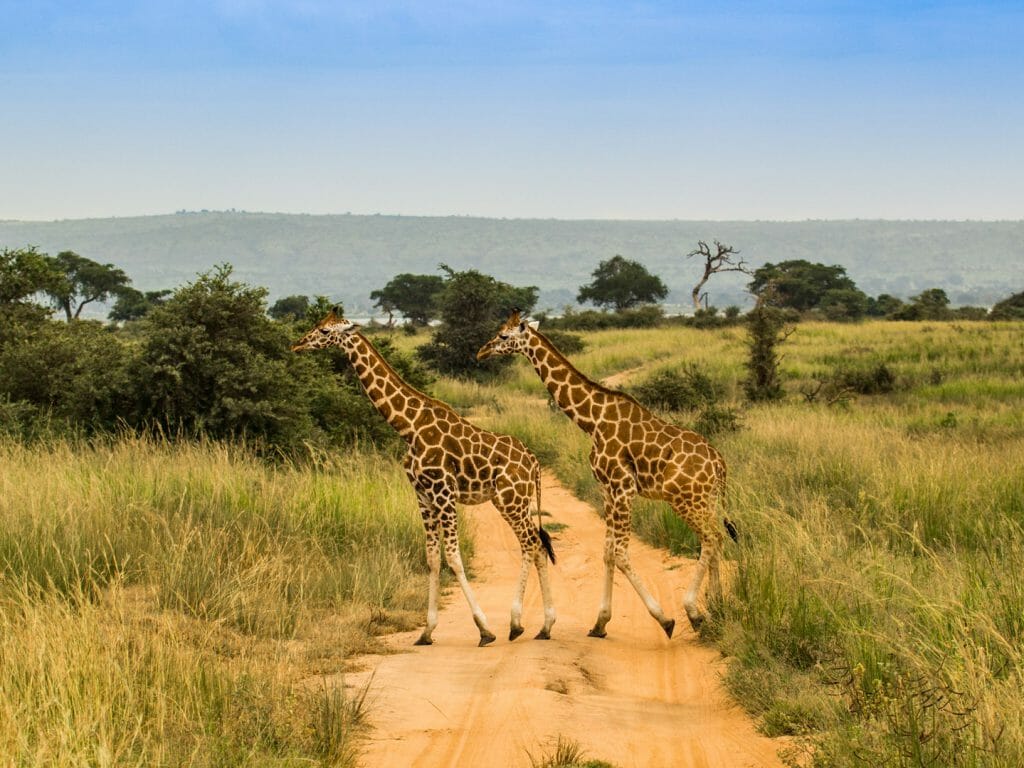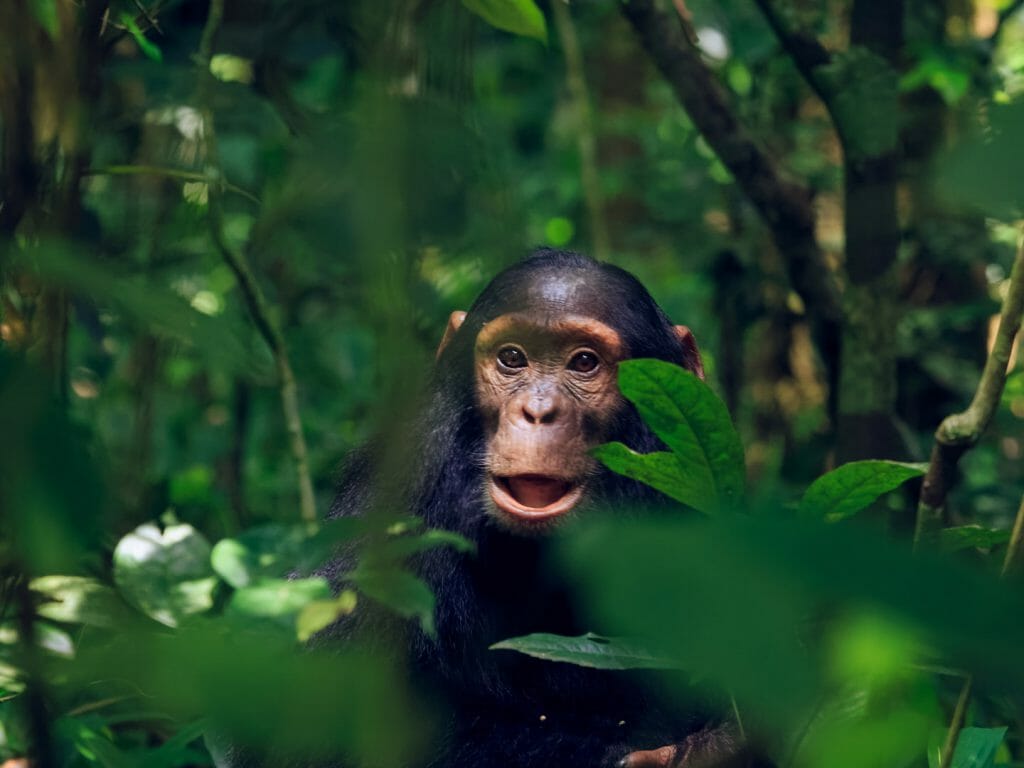Our tiny plane flew north from Entebbe over the rugged Mountains bordering Kidepo Valley National Park in the remote north-east where Uganda, Kenya and Sudan meet. In the foothills of these mountains, patches of red earth scratched out from the surrounding greenery showed small manyatta’s and villages, isolated by distance, politics and geography, home to the Karamajong people.
Their cattle raiding exploits with their Sudanese neighbours have created myths of fierce warriors and tyrants (both Idi Amin and Milton Obote hail from this region known simply as “North of the Nile.”). Thankfully, times change and a fledgling flight service, a lifting of foreign office travel bans and the establishment of a luxury lodge is opening up an area for explorers in the former badlands of Karamoja.
If you could design your own national park, it would look like Kidepo. Imagine the endless plains of the Serengeti, devoid of tourists, a park scarred with ridges and valleys begging to be explored on foot, where animals roam in a wild amphitheatre ringed by jagged mountains.
Our drives yielded all manner of wild beasts, but it was the chance to visit the Karamajong people in the region that was so exciting.
Often misunderstood, having suffered under Idi Amin’s rule when he tried to brutally westernise what many Ugandans saw as a backward people, the Karamajong armed themselves after Amin fled from a nearby munitions outpost, in order to protect themselves from further humiliation. This meant that the cultural significance of cattle owning – the size of your herd is vital in securing a wife – escalated from raiding with spears – to automatic weapons. The government has now pacified the area – some say a little too violently – but this history and current peace is what makes the region fascinating.
This was to be no ordinary community visit, but not in the way that I expected. On arrival into the village itself, women were tirelessly working the fields, bent double, children asleep on their back, but on hearing our vehicle they looked up, genuinely surprised, then delighted, a beaming grin and languid wave despite the heat and backbreaking work under a relentless sun.
A hearty embrace from the village leader was our second introduction to the much feared warriors, before we simply wandered around the village. Our first stop was a simple thatched roof rondavel, leathery goat skin blankets on the floor and children’s drawings sketched on the wall, above a low wall which sheltered the family from stray bullets when village raids were a very real threat.
The beauty of this village lay in its living embodiment of a rich culture whose beliefs were revealed in more subtle ways. A small medallion, hung above the entrances of huts, to ward off negative energy brushed your head as you walked through the doorway. Stepping back out in into the sun, our guide showed us other charms dotted around the village. Yellowing and cracked animal bones and horns tucked away in thatched roofs, from past sacrifices and offerings, each one telling a story to be understood and remembered by future generations. We were shown which plants in the bush they use to wash the dead, dried wild asparagus above the entrance on another hut to protect the pregnant occupant from lightning (the storm clouds were already gathering in the late afternoon) and a string of wild bark, spread between two huts to scare off dangerous animals.
They even talked of the traditional recipes used to cure illnesses, plants for Malaria of course, but epilepsy is apparently best treated with a steaming bowl of zebra brain porridge. The recent and well documented violent history seemed a long way from this relaxed village, where the women laughed easily, children chased chickens and most men seemed to be taking it easy (although like the weaver nests hanging in the nearby trees, the males had to decorate their homes to attract a mate so are kept on their toes.)
After having met the chief, who did look somewhat bewildered at our appearance, I asked our guide what the elder did all day. “It is difficult” he says, “The young people of the village are leaving this traditional lifestyle behind for an education” The role of the elders in settling disputes, offering advice and being the cultural lynchpin in the village is required less and less. Many found this loss of responsibility hard to accept.
The dancing however, seemed to be one thing that had not been abandoned and no sooner had we said goodbye to the chief, than we found ourselves pride of place in a crowd of around 100 people as the group of 20 dancers began stamping the ground, clapping and singing, each footfall ending in tiny explosions of dust. The women were simply, but colourfully dressed, bright beads and bangles seemingly suspended in mid-air as they jumped, the bells tied around their ankles shaking out a rhythm. It was the men however, who took most pride in their appearance, animal tails and hides were tied around sinewy arms, ostrich feathers stuck in felt hats, young men challenging each other to jump higher, sing louder, charm the women more.
Mesmerising as this was for us as spectators, we were soon forgotten and the dancers continued oblivious as we were invited to look at a banquet of carefully laid out jewellery, some old and faded, other pieces almost looking freshly painted against the dark dust. Everyone seemed to be involved, everyone seemed to share in the profit and there was no hard sell. We were more a curiosity to the villagers, who stood next to us staring and smiling, some trying to find common ground in language with a quiet “how are you?” There was no hint of terrifying warriors or “backward” villagers, despite the arresting tribal scars on the faces of the older men, only a community full of joy and pride. The singing and dancing was still going on as we left and they practically danced out of the village with us, surrounding the car as we drove off.
Back at the lodge that evening I spoke to Philip, one of the guides who was born in that very village, forgoing a traditional lifestyle in favour of a western education and guiding school. A decision that cost him daily beatings from his parents for abandoning his cattle until he moved in with his forward thinking Aunt. Having been a guide here for 8 years, I asked if he ever wished to guide elsewhere in Uganda. He looked at me, slightly taken aback, then said proudly; “People come here from all over the world and always tell me it’s the most beautiful park they have seen – why would I go anywhere else?”


